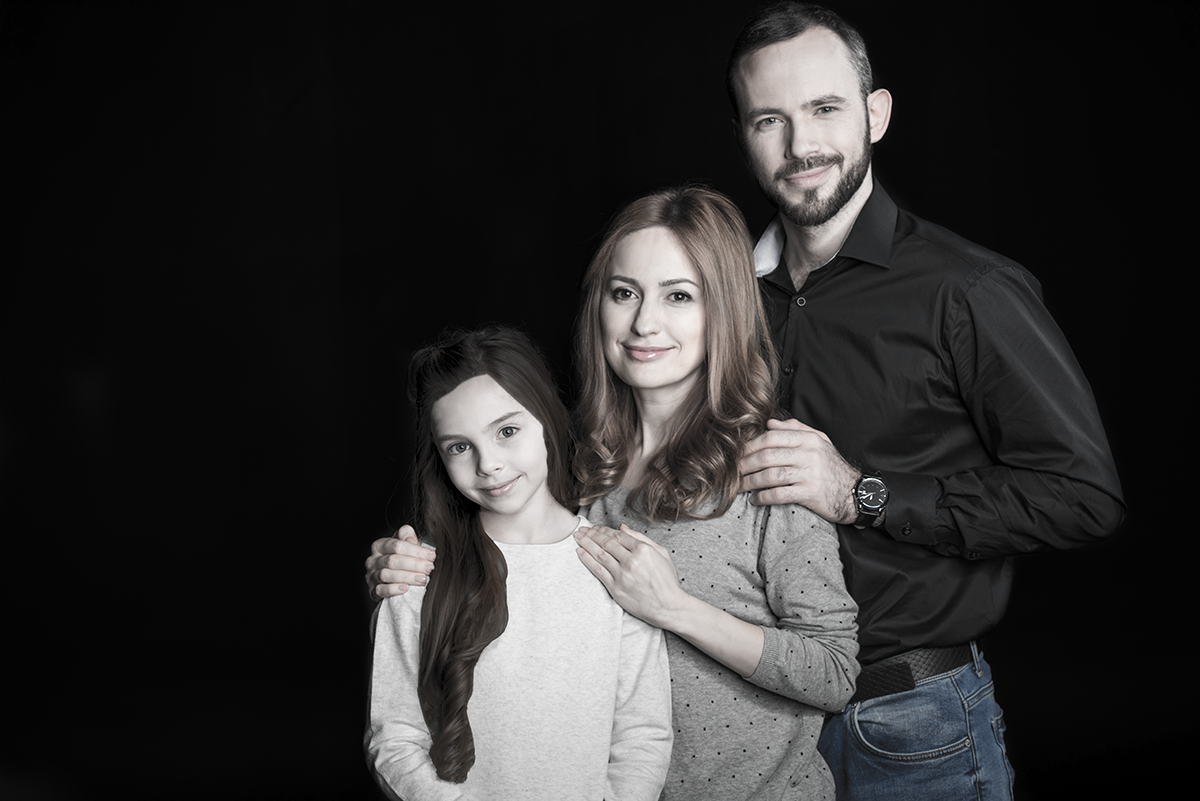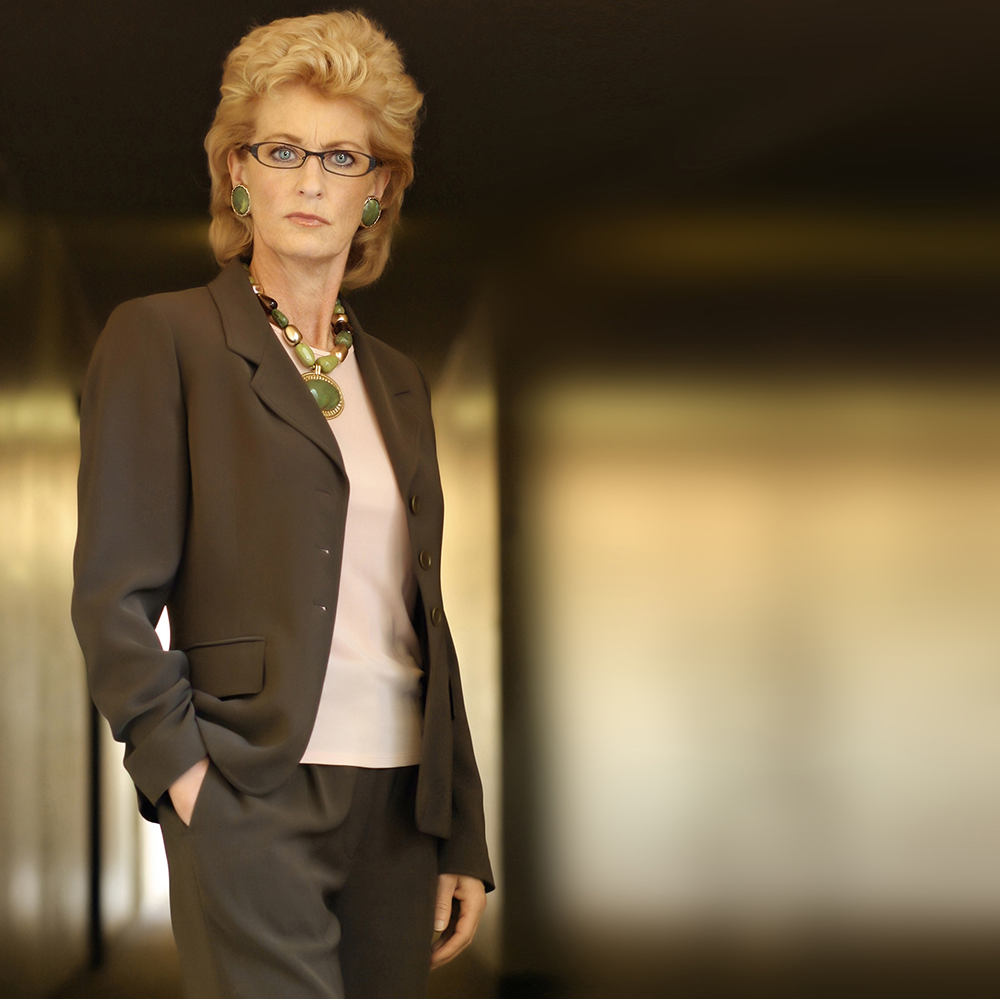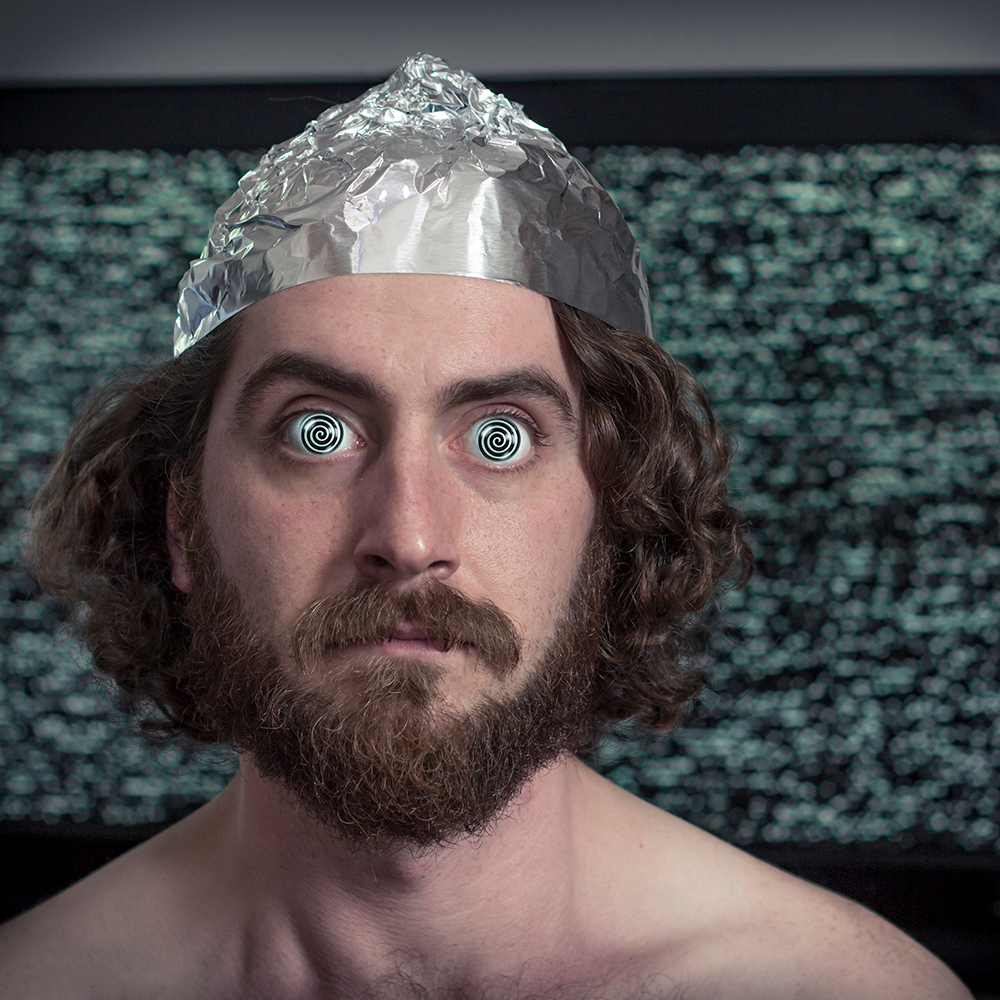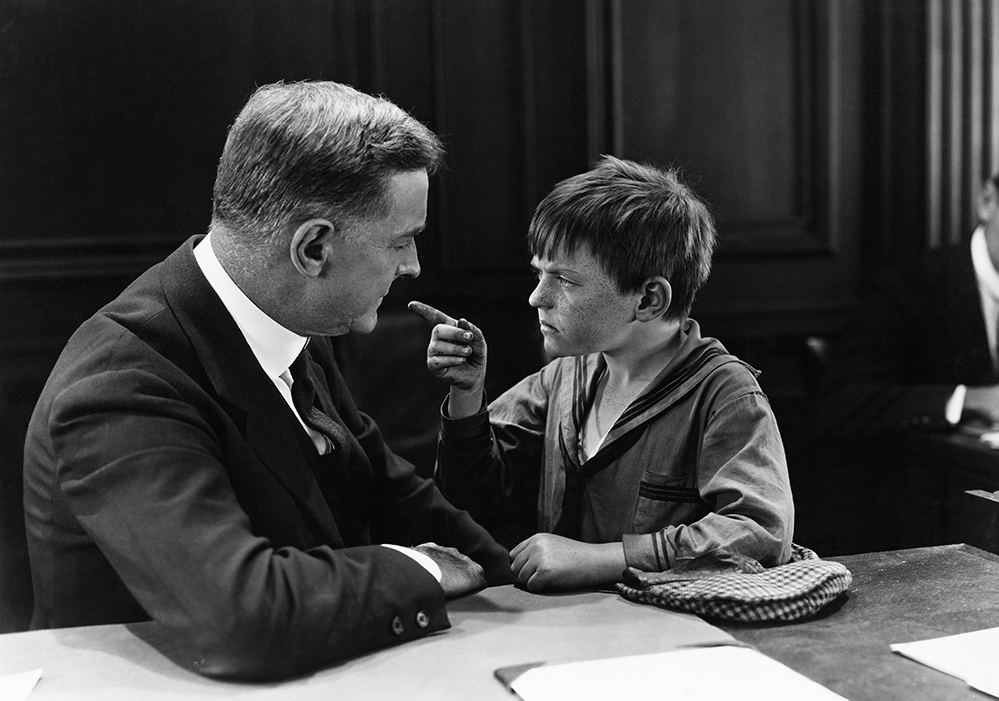What Really Happened to Jasper Taylor?

It was a dark and stormy night…
We know how that sounds, but, in this case, it really was true. Cascadia was experiencing a tremendous electrical storm that combined the awesome power of a 100-year thunderstorm with a solar storm that disrupted power grids and electronic communications and generally played havoc with any number of electrical systems.
According to records released by Paralux in the wake of Jasper Taylor’s death in 1986, one of those systems was a research device called a particle accelerator that was severely damaged by the dual storms. The accelerator malfunctioned and released a wave of electromagnetic radiation that was fatal to Taylor. Taylor was dead within ten minutes of exposure, according to internal Paralux documents.
“If that’s how it happened,” said Vernon Winchell, a particle physicist, “It would be the most incredibly painful ten minutes of Jasper’s life. It would have been like being cooked inside a vapour oven for ten minutes. The hope would be that he passed out from the pain quickly…”
Winchell paused here.
“The problem,” he continued after a pregnant pause, “Is that it couldn’t have happened that way. It’s just not supported by the science.”
Two in a Billion…
By all accounts, Jasper Taylor was the kind of brilliant genius that comes along only every five or so hundred years.
“His gift,” said Victoria Alvarez, a former classmate, “was that he could understand something so completely that he could understand how to make it understandable to anybody, even if they had no understanding of the complexity of the physics. He was the best lab partner I ever had, and I am where I am today in no small part because, in addition to being a wonderful friend, he was also a gifted teacher.”
Taylor showed an aptitude for numbers as early as three years old. By five, he was working out geometric proofs. By six, he had mastered algebra. By eight, he had moved on to calculus. At twelve he published his first paper in mathematics. Around this time, his interest shifted from pure mathematics to physics.
“It started with astrophysics. He became fascinated with the movement of the heavenly bodies,” recalled a childhood neighbour of Taylor’s. “He would come over for lemonade and tell my wife and I all about the things he was learning. It was sometimes hard to keep up with him.”
All accounts suggest that by age fourteen, Taylor had become fascinated by quantum physics, and he was especially intrigued by the “Many Worlds” theory posited by Wimahl University professor Hugh Everett. By all accounts, the Many Worlds theory, a solution to the problem in quantum physics of “Einstein’s Rabbit”, captivated the imagination of the young Taylor. At fifteen, he began a correspondence with Everett. At sixteen, Taylor began to study directly with Everett. He was joined by another prodigy of physics: Toshe Marinos.
“The two of them were two in a billion. It was such a random fluke to have two such profound geniuses working together, growing up together, and working on the exact same problems. It was the universe giving the human race a tremendous gift.”
The Dark Side
As Taylor matured into a young adult, however, he developed a profound manic depression that would sometimes allow him to work feverishly and other times would cripple him for weeks or months.
Multiple colleagues recalled one incident from his days as a student at Wimahl: He broke down halfway through a semester. He stopped attending lectures. He stopped turning in work. “It was like he evaporated,” said one colleague. The only person who saw him at all that year was Toshe. He used to bring him meals in his room and sit and talk with him. Toshe stuck by him all that time. Toshe got him through it.”
Another incident occurred when the two were set to travel to Paris for a physics conference. At the conference, the pair was to present a paper that they had written together and accept the prestigious Andersen Award.
“That award was a huge deal. There are physicists four times their age who haven’t received it–folks who have been working in the field for more than 50 years. The Andersen was huge, but the ceremony was a disaster.”
Taylor, on that trip, first discovered alcohol.
“The way I heard it was that he’d become obsessed with trying absinthe. He’d heard stories and he wanted to try it for himself. They landed in Paris, and he immediately went to the Moulin Rouge or somewhere else to try it. He didn’t make the conference. Toshe delivered their talk and accepted the award on behalf of both of them. He even missed his flight back to Cascadia. It was a disaster.”
What followed were what some friends of Taylor have described as his “lost years”.
He was basically drunk from the time is was 22 to the time he turned 25. During this period the only person who really stood by him was Toshe. The Andersen Award debacle had soured Hugh Everett on Taylor. “Everett washed his hands of him after that,” said one fellow student, “As far as I know the two never spoke again.”
Everett died in a plane crash about two months before Taylor turned 25.
“When Toshe told Jasper about Hugh’s passing, he was despondent, and it really sent him into a downward spiral. He left his apartment. He was living on the streets. Even Toshe didn’t see him for weeks at a time. I don’t think he was sober again until the night of his 25th birthday, and then, well, it was only by accident.”
The Quarter-Cent
Jasper Taylor had been missing a week when Toshe went looking for him.
“There was a park with a lake that Jasper would visit sometimes. He loved watching the reflections of the trees and buildings on the water. He said once he thought it was like looking into a parallel universe. He would sit there for hours staring in and fanaticizing.”
Toshe found him in that park, slumped on a bench with a 105-degree fever. Toshe rushed his friend to the hospital, where he was diagnosed with a massive blood infection.
“He almost died that night. If Toshe hadn’t found him, we would have a different conversation now. A lot would be different. In the hospital, after a week-long coma, Jasper finally woke up. The first thing he saw when he opened his eyes was her. Elizabeth.”
One of the doctors tending to Taylor was a young woman named Elizabeth Parsons.
“Weirdly, they shared the same birthday. Elizabeth had been stuck working on her birthday when they brought Jasper in. She helped bring him back from the dead.”
By all accounts, Taylor fell in love with her instantly.
“She gave him something to live for. That year, those months after his twenty-fifth birthday, he changed completely. It was like he became a different person. He was happy. He smiled for the first time in years. Every time he saw her, he lit up in this crazy way. He said being near her was like standing right next to the sun. There was no way that the warmth she provided couldn’t make you happy.”
After a whirlwind courtship, the two were married.
The Birth of Paralux
After his recovery in the hospital, Jasper decided to return to life. One thing that meant was that he started working with Toshe Marinos again regularly. The two of them set to work on a ton of projects together. They would work for hours together in the Taylor family garage.
“Honestly, nobody had any idea what they were doing out there. I heard the electric bills were astounding.”
They spent more than two years like that. They worked day and night. When Taylor wasn’t working, he was with Elizabeth, but that’s pretty much all he stopped for. He didn’t sleep.”
After two years, however, what they came up with revolutionized the world. Oddly, it wasn’t a contribution to the world of physics but a new way of storing blood that didn’t require refrigeration.
“The two of them disappeared for two years, and the thing they returned with had nothing to do with anything they had studied. It was definitely crazy stuff. It just showed the depth of their genius that they could do this. It revolutionized medicine. They made a ton of money off that. That’s really what started Paralux. It led to every future success they had.”
With the money they received from licensing their new technology, they moved out of Taylor’s family garage and into an industrial warehouse. They invested almost all their money into R&D and started churning out innovation after innovation after innovation—stuff that changed the world. Mobile telephones, high-frequency communications systems, medical technologies—they went absolutely nuts.”
They went from being millionaires in year one to billionaires in year five to trillionaires in year eleven. It was a wild, wild ride. Nobody could match them.
“Governments around the world actually started to perceive them as a threat,” said a member of the Cascadia Foreign Relations office on condition of anonymity, “Hell, they started to scare us, too. They were huge. They were everywhere. Everybody was using their technology in everything. It was inescapable.”
“We actually thought about breaking up the company,” said Alberto Schwartz, the former head of the Cascadia Securities Authority, “We thought about breaking up the company into two different parts. Taylor managed one, and Marinos managed the other. It was the only way we could think to try to contain the company. We might have tried if it hadn’t been for [Nathan] Chambers to step in to quash it. Chambers made the case that they weren’t hurting anybody, that they were a profound force for good in the world, and that splitting that up would be bad. Some folks bought into that argument. I didn’t, and I was removed because of it.”
The Birth of Sarah
People close to the Taylor family all say the same thing: the birth of Sarah Taylor in 1982 changed Jasper again.
“He was a doting father. He loved her so much,” said Alice Kopetski, a former colleague from Paralux, “Jasper basically took three years off from Paralux to be with Elizabeth and Sarah. Many of us weren’t sure if he would ever return.”
The company’s operations then fell mostly to Toshe Marinos. That was when Paralux started its Mil-Tech division. It would prove to be divisive in a number of ways.
“When Paralux started its military technology division, that really got folks worried,” said Rod Parks, a former defence advisor to Nathan Chambers, “There were internal fights about Cascadia utilizing such advanced weaponry worldwide. The technological advantage it would provide Cascadia would finally give it leverage against the Empire of Australia. Things were really bad in the world back then with Eleanor XXXII’s wars against Papua, China, the Ottomans and the Brits. Cascadia was mostly on the sidelines, retaining its more pacifist character. We would fight only when attacked, but a bunch of us thought Cascadia should act more aggressively in defending against the Empire. Paralux scared lots of folks. The things they created were, well, they were game-changers. Chambers and Marinos demonstrated a few of these technologies, not even the scariest ones, for officials from the Empire, Russia, and a couple of other states. When those folks left, they were white as ghosts. They had nothing like what we had. Marinos single-handedly brought the Empire and the Ottomans to the negotiating table.”
The decision to add a military technology division didn’t sit well with Jasper Taylor, however. After Taylor returned to the company, the pair had it out about the decision. It was the kind of fight that only two good friends who had known each other for decades could have. It got nasty. After that, it was agreed that Taylor would only work in research and that he would leave the company’s operations to Toshe.
“I think a big part of their relationship went down the drain after that fight,” said one friend of both men, “It just wasn’t something they could recover from.”
Taylor retreated to his lab and to his family. They didn’t really speak much after that.
A Genetic Disorder: Hobson’s Disease
Occasionally, two people rarely meet, fall in love, get married, have a child, and it turns out that both parents have a set of genetic traits that, when combined, produce an extremely rare genetic disorder: Hobson’s Disease.
“Hobson’s is a truly nasty piece of work,” famed doctor Klara Lassater once said, “It’s a wasting disease that causes the cells in our bodies to forget to feed themselves. They don’t forget all at once. They forget over a period of months. There is absolutely nothing that can be done to treat it.”
Two weeks after her third birthday, Sarah Taylor collapsed at school. Initially, she was diagnosed with exhaustion, but exhaustion in a five-year-old who hasn’t been exerting herself is weird so her doctors began running a series of tests to see what else might be wrong. They came back with a death sentence. She had Hobson’s and had less than six months to live.
“Jasper went crazy. He diverted all these resources at Paralux into finding a cure, but nobody could come up with anything.”
Three months after her diagnosis, Sarah slipped into a coma and was never expected to wake up. She was like that for another month.
“Elizabeth was with her every day, and Jasper with her every night. During the day, Jasper would be in his lab trying to figure out a cure,” said Alice Kopetski, “After a month, they moved her home because Elizabeth wanted her daughter to die at home instead of the hospital. It was heartbreaking.”
Two weeks after the move home, something truly unexpected happened: Sarah woke up.
“Just like that, she was better,” continued Alice, “I’ve seen a lot of weird things during my years at Paralux, but that was probably the weirdest. The doctors tested her, and there was no trace of the genetic disorder. She was fine. 100% recovery. It was a miracle.”
The Year of Hell
Something happened to Elizabeth after Sarah’s recovery. She wasn’t the same person. She struggled with depression and anxiety. She started talking to herself. She wouldn’t acknowledge Sarah’s presence in a room.
“She went absolutely nuts,” said one family friend on condition of anonymity, “She was bonkers. She thought Sarah was an impostor. She was convinced the real Sarah had died and that this replacement was spying on her and trying to kill her. Jasper had to have his wife committed after Elizabeth tried to kill Sarah and then herself with a knife.”
To this day, Elizabeth Parsons Taylor remains a patient at the Cascadia National Mental Health Center. Visitation records at the centre reveal that Elizabeth has had just two visitors since 1986: Toshe Marinos and somebody else. A small fire damaged the record in the centre’s records room, and the name was not decipherable. Friends of the Taylors say that it definitely was not Sarah.
The family fell apart. Committing his wife destroyed Jasper and Sarah, but it wasn’t the same after her recovery.
“Before her illness, she was one of the happiest children I ever knew,” said one friend. Afterwards, she was depressed and morose. Her favourite colour became black. Seriously. It was yellow before. Then black. I couldn’t make this stuff up. Elizabeth was undoubtedly crazy, but there was also something very different about Sarah after the illness and recovery. She changed.”
Jasper changed, too.
His depression returned. He took to drinking again. He would spend nights in his lab, drunk, scribbling out formulas and nonsense.
“There were notebooks. Dozens of notebooks filled with notes, poems, rantings, and drawings. If you ask me, he went crazy, too,” said another family friend.
Back to the Dark and Stormy Night…
In the intervening years since Jasper Taylor’s alleged death in the particle accelerator accident at Paralux HQ, many different people have spun as many theories about “what really happened” as there are stars in the sky.
“It’s one of the great mysteries surrounding Paralux,” said Vernon Winchell, “Toshe is clearly lying about what really happened. That’s obvious. What isn’t obvious is what happened, why it happened, and why Toshe is lying about it all these years later. Paralux is such a bizarre company that this sort of crazy thing just makes a certain amount of sense.”
I asked everybody I interviewed for this story the same question: what really happened to Jasper Taylor?
Several people told me they thought Taylor killed himself.
Several more told me they thought Toshe killed Taylor in a fight that the two had.
One old friend of Taylor’s suggested that he hoped Jasper was reclining somewhere on a tropical beach and that he’d left all his depression, sadness, and all the horrors of his old life behind him.
The more outlandish theories I heard included stories of Taylor being kidnapped by a foreign government, usually the Empire of Australia, but sometimes Russia, France or the Union of American States.
One person said they thought they saw Taylor some years back in a homeless encampment on the outskirts of Sea Haven.
The last thing I did for this story was visit Elizabeth Taylor during one of the Centre’s visiting hours. She moved in and out of lucidity, and I asked her what she thought had happened to her husband.
“He’s gone,” she said, matter of factly.
“Gone where,” I asked.
“He’s in another universe now. He’s gone to a universe where none of us are broken. I sometimes see him in my dreams, and he and I and little Sarah, my Sarah, the real Sarah, are all happy and healthy, and our lives are… beautiful.”




